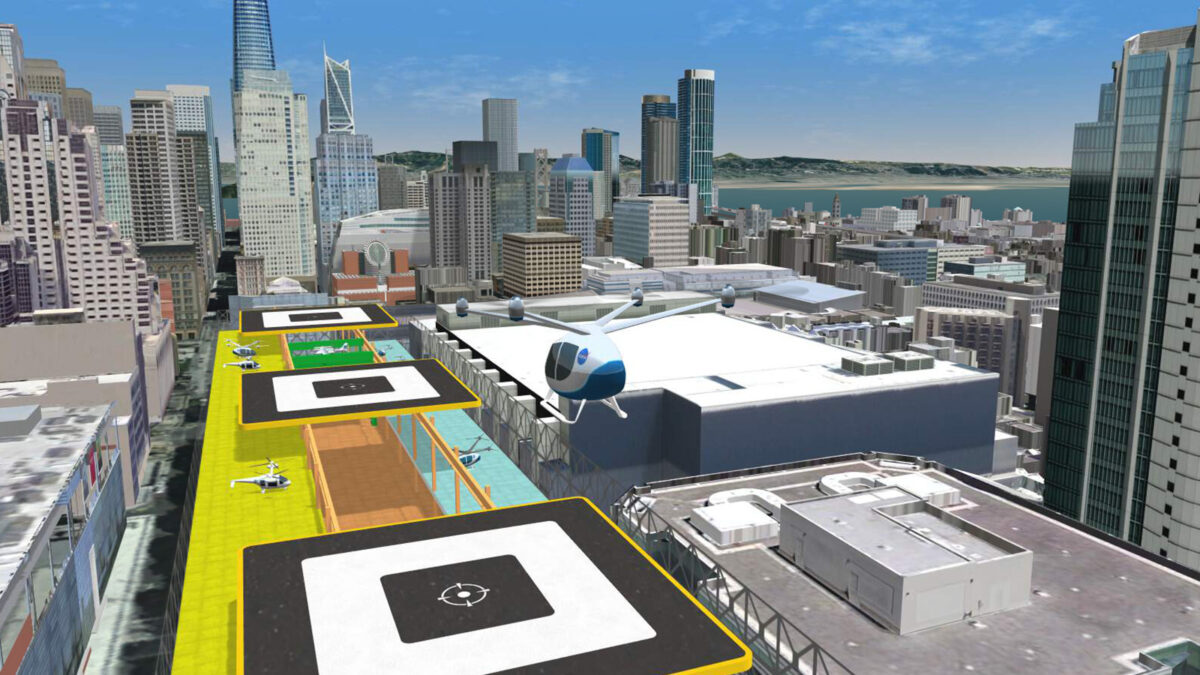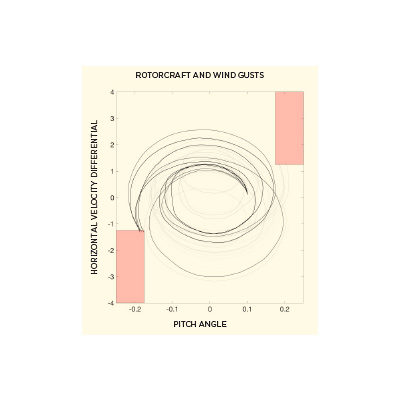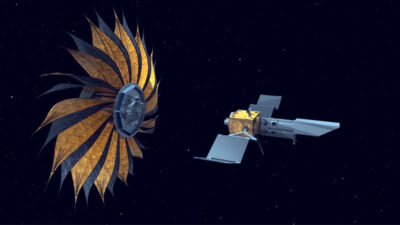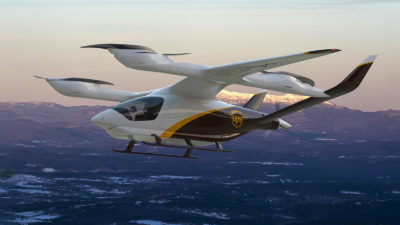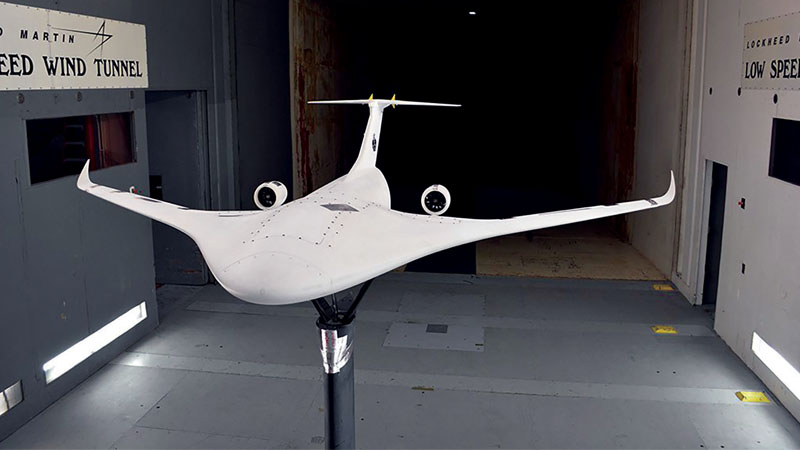Conducting traffic flow and urban air mobility simulations for future air transportation goals
By Christine Taylor|December 2021
The Modeling and Simulation Technical Committee focuses on simulation of atmospheric and spaceflight conditions to train crews and support design and development of aerospace systems.
Effective traffic flow management, TFM, involves mitigating imbalances between traffic demand and airspace and airport capacity at the local, regional and national airspace levels. The collaborative decision making, CDM, community consists of representatives from government, flight operations, general aviation, industry and academia. A key aim of this community is to improve TFM efficiency through the timely exchange of information to support TFM decisions. Working with the FAA and CDM community, the Virginia-based MITRE Corp. developed a streamlined process and web-based tool to identify flight-specific alternate routes for departure fix demand balancing, which reduces pre-departure delay by matching demand with available capacity. By focusing on reroutes that have flight operator approval, the goal is to reduce the workload and delays associated with identifying these alternatives. From July to August, CDM stakeholders led field trials in the Washington, D.C., region that resulted in reduced delays and improved capacity utilization. By enabling the improved operation in today’s environment, TFM will be better equipped to handle the operations envisioned for the future.
SimLabs at NASA’s Ames Research Center in California conducted multiple urban air mobility simulation experiments in its Vertical Motion Simulator, VMS. In April, NASA’s Revolutionary Vertical Lift Technology project conducted human-in-the-loop simulations to evaluate the handling qualities and establish flight control system design criteria of two electric vertical takeoff and landing, or eVTOL, quadrotor vehicles. One vehicle model used rotor blade pitch for control, as in conventional helicopters; the other model used rotor speed. The simulation demonstrated the connection between aircraft handling qualities and pilot workload during normal approach and landing operations. The flight control system design criteria will guide future control system designs for UAM vehicles.
Building on this progress, in June, the FAA and NASA compared two additional UAM vehicle models and corresponding flight control systems. One model was a six-person quadrotor; the other was a fixed-wing vehicle with separate lifting rotors and a pusher propeller. Test pilots and engineers from several FAA divisions participated in both VMS experiments. These VMS studies were the first in a series to help the FAA define a set of representative maneuvers and performance criteria for evaluating the handling qualities and airworthiness of the new class of UAM vehicles. These representative maneuvers, or mission task elements, will ultimately serve as a means of compliance for FAA certification of these novel vehicles.
In July, a ride-quality simulation in the VMS at Ames collected physiological data and motion sickness questionnaires from 23 passengers using a tablet-based vigilance task during flights with low- and high-intensity turbulence. This experiment provided valuable insights into how turbulence experienced in UAM eVTOL vehicles contributes to motion sickness. Experiments like this are essential to determine the effects of ride quality on passenger acceptance of UAM.
Contributors: Bimal Aponso, Dave Klyde and Peter Zaal

